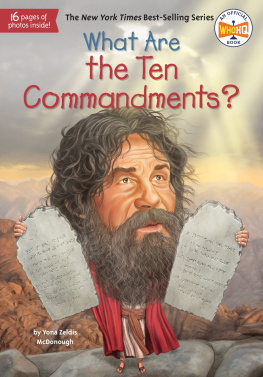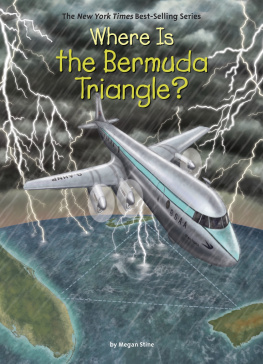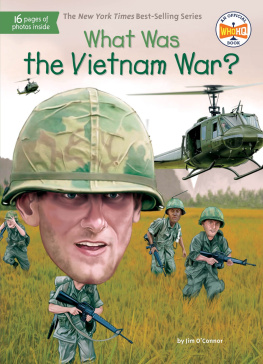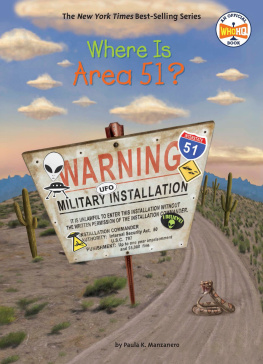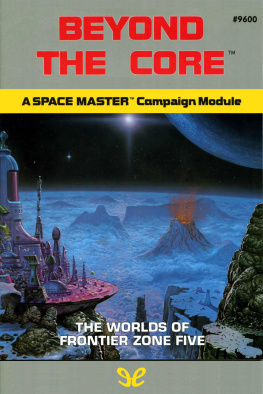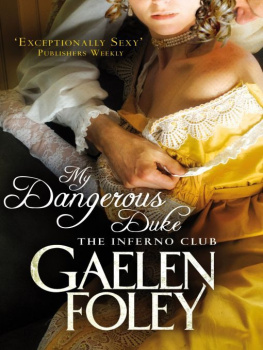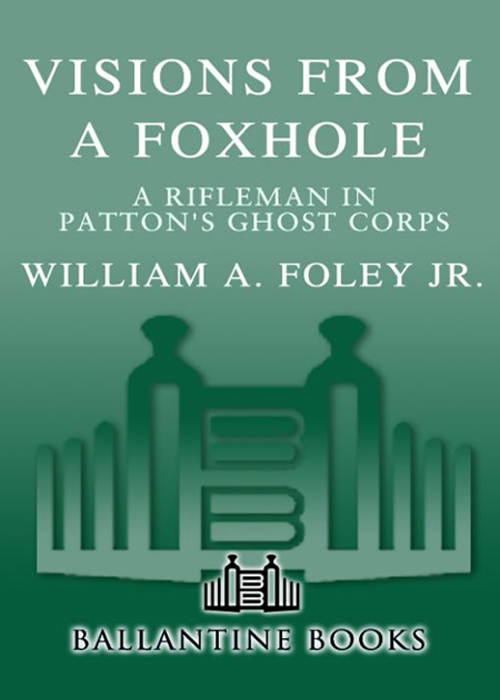
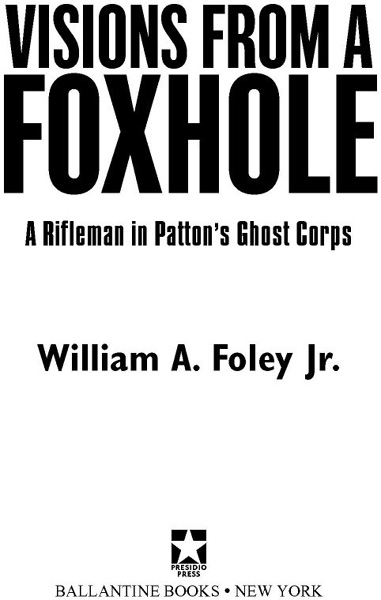
Table of Contents
This work is dedicated to all American infantrymen who,
through the toughest of times, stood tall
and did what had to be done.

Author during basic training, Camp Blanding, Florida, 1944.
Books published by The Random House Publishing Group are available at quantity discounts on bulk purchases for premium, educational, fund-raising, and special sales use. For details, please call 1-800-733-3000.
Acknowledgments
Without the devotion and love of my wife, Nadia, this book would still be locked and lost in the hard drive of my mind. Much inspiration came through observing the sustained courage of my son, Bill, who is always there to back me up. My daughter, Irene, and my nephew Bill Russo put their heads together and eventually turned up the moldy portfolio of war artalmost lost forever.
Kathy Wood, a friend indeed, always made herself, her typing, and her organizational ability available when needed, and she was always needed (this book was written in longhand). My art agents, Gene Amend and Nancy Bohlander, somehow convinced me that designing a painting was little different from designing a paragraph. I gratefully acknowledge their friendship and assistance in all phases of my work. Bill and Cheryl Rogers were as generous with their knowledge of the publishing world as they were with their friendship and flow of ideas.
My thanks go to an anonymous soldier who, after half a century, returned six of my best drawings. They were, without my knowledge, taken from the 81mm mortar tube in July of 1945. The envelope had no return address but was post-marked New York City.
The dates and chronology of events recorded here leaned heavily on our excellent History of the 94th Infantry Division in World War II, edited by Lt. Laurence G. Byrnes (Nashville: Battery Press, 1948). I borrowed its maps, although I altered some to point up my end of things. Also of major help was our Commemorative History of the 94th Infantry Division Association, Volumes I and II, edited by Robert U. Cassel, Donald E. Mulry, et al. (Dallas: Taylor Publishing, 1989 and 1996). Dr. Nathan N. Prefer, author of Pattons Ghost Corps (Novato, Calif.: Presidio Press, 1998), always was available to answer questions from a nonprofessional writer. His patience and historical expertise proved to be invaluable. Thanks to the suggestion of Bob Cassel of the 301st Regiment, I designed a mural of our division. The idea was passed into law and will come to fruition in the state capitol of Boston, Massachusetts. Much credit must go to Rep. Mary Jane Simmons and her staff for guiding the legislation so skillfully. The 94th Division Association, as always, gave their best efforts. Division historian Don Mulry, Harry Helms Jr., Marion Jereb, and the Mural Committee never relaxed their efforts in seeing this through. Finally, Netty Kahan, Presidios freelance copy editor, devoted a month force-feeding the English grammar into my head that I had so carefully avoided in high school. Netty, along with E. J. McCarthy, Presidios executive editor, were instrumental in getting this book into its present form. The by-product of growing friendship between us made the entire process a most pleasant one.
Note from the Author
During a long stint of guarding one August night in Czechoslovakia in 1945, a recently arrived replacement shared the duty with me. We stood together on an isolated dirt road one mile or so from the Russian sector and faced a boring passage of time speaking briefly of this and that. After a long silence, he made a request that I was inclined to turn down, but after turning it over in my mind, I agreed to relate my experiences of combat. For the next several hours, I narrated those events that had resulted in an imprint chiseled deeply in my consciousness.
One important attribute of being talented in graphic arts is an eagle-eyed ability to see and record events more accurately than most laymen would. We make better-than-average witnesses. As a rifleman of the 94th Infantry Division in World War II, I had this ability materialize in my undeniable need to record events with a drawing pencil. Half a century later, I decided to back up the artwork with my written words. What follows is my attempt to augment the account told to my fellow guard and to commemorate our 2d Platoon, G Company, 302d Regiment, of one of Pattons best divisions. For the most part, each day and night of combat had a logical flow that easily took my memory from one action to the next. But in those instances where I doubted my recall or was confused due to the intensity of the battle, I did not hesitate to fill in the best I could to keep up the flow of the narrative.
During the three years of piecing this account together, I have had to relive and finally resolve those combat events that were, by turn, dreamlike and nightmarish. But the writing of it, tough as it was, has brought a release in me deeper than I would have expected at the beginning of my recount. I often forget the names of people seconds after being introduced to them. My father was like that, too. In this book for the most partI have had to invent the names of men I knew well. Aside from having forgotten their names, I admit another reason: Two or three of the men would just as well not have their names mentioned due to behavior they would not be proud to identify as theirs. I did include the names of officers correctly and that includes Lt. Davis F. Nations. Although, like so many second lieutenants, he only lived a few days as one, I was moved to include his correct name because I have lived a half century with the clear memory of his wife and childrens likenesses on the photo carried in his wallet. Perhaps one of those children, now growing old, may wish to be in touch with me. He was killed a few feet from me, and our growing friendship was abruptly cut off.
In April of 1997, Nadia and I rented a car in Frankfurt and crossed the Rhine north of Manheim. Traveling the autobahn west, we arrived at the SaarMoselle Triangle in a shockingly short time. During 1945, the same trip going east took months. We stopped in the small town of Eft-Hellendorf and ate in a restaurant called the Sonnenhof. The room was packed that Sunday afternoon with local German folk; we were paired at a table with a middle-aged couple. The gentleman sitting across from me attempted conversation, with a severely limited English vocabulary. He wondered what we were doing in such an out-of-the-way place. I was hesitant to admit that I was here to look over old battlefields, so I managed to convey to him another motive for being in the area, to locate a young Luxembourg man named Alex Arendt. At the mention of Alex Arendts name, the gentlemans face turned red, and he exclaimed, Hes my son. And then he roared, You are a 94ther. I, too, am a 94ther.
While I was gratified at this highly unusual coincidence, I realized that most of the Germans in the dining room were paying close attention to this outburst from the gentleman from Luxembourg. I really did not want them to know that a former soldier who had done his part in blowing away their homes fifty years earlier was in their midst. In fact, this very town, which had been used as a rest area several times by our rifle companies, had been shot up pretty badly.
Next page


![Kyle J. Foley - John Bell Hood’s Division In The Battle Of Chickamauga: A Historical Analysis [Illustated Edition]](/uploads/posts/book/291124/thumbs/kyle-j-foley-john-bell-hood-s-division-in-the.jpg)
